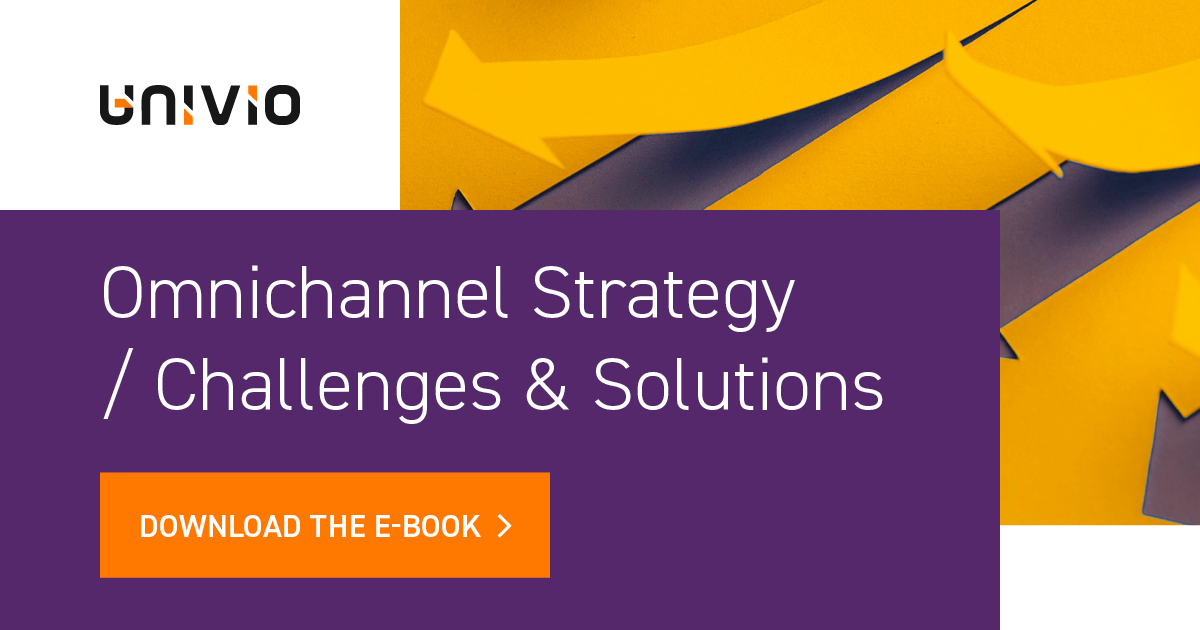How to Implement a PIM System? Start With RFP
Planning to implement a PIM system? Before choosing a supplier, learn the best practices that will help you avoid costly mistakes.
Implementing a PIM – Product Information Management system is a strategic step for any organization that wants to organize data and increase operational efficiency through managing product information. However, many companies make the same mistake: they start by choosing technology, instead of defining their needs and expected outcome.
We have prepared a short guide explaining how to prepare for PIM system implementation and what RFP actually is (and what role it plays).
What Is a PIM System and Why Can It Revolutionize Your Company?
PIM systems manage different types of product data and store it in a central database. Thanks to them you can:
- streamline the processes of publishing product offerings in various sales channels (in an online store, catalog, on a marketplace platform or in a mobile application),
- shorten the time to market for products,
- support foreign expansion through the automation of translations and content adaptation,
- eliminate errors in descriptions and product data,
- free up team time, replacing manual data entry and product description creation with automation.
Well-implemented PIM software is not only technology but also a competitive advantage resulting from a digital information ecosystem. But for this to succeed, proper preparation is necessary.
Where to Start Preparing for PIM Implementation?
There are offers from many PIM system providers available on the market. Each solution has its own characteristics, advantages, but also certain limitations. Some solutions are ideal for medium-sized enterprises that value quick implementation and ease of use, while others will work better in organizations with more complex requirements, including non-standard products, flexibility, and the ability to integrate with other systems.
Before you start comparing implementation offers (Pimcore, Akeneo, or others), you need a solid foundation. The first step is to define business goals, user needs, and implementation scope.
It’s worth asking yourself a few important questions:
- What problems does your organization currently have in managing product data?
- Which teams will use the PIM system and what are their needs?
- What data do you have and where is it stored?
- Which functionalities are key and must be included in the system from the very beginning?
- How important is the scalability of the system as the company grows?
What Is RFP and Why Is It Crucial When Implementing a PIM System?
RFP (Request for Proposal) is a request for an offer in which you present the requirements for the system and expectations towards the supplier. It primarily defines the scope of implementation, expectations for the system, technical and integration requirements, as well as the preferred cooperation model. A well-prepared RFP is the foundation of successful implementation.
What does a good RFP provide?
- Allows comparison of offers from different suppliers on equal terms.
- Helps avoid costly mistakes and misunderstandings.
- Allows you to tailor the PIM system to the real needs of the organization.
How to Prepare a Good RFP?
Lack of clearly defined requirements, not determining the MVP model, describing requirements unrelated to the PIM system, too general descriptions of problems and goals – these are just some of the mistakes that can occur when preparing an RFP.
The lack of a uniform structure and precise requirements leads to offers from different suppliers differing dramatically in terms of scope, functionality, and price. The effect? Proposals are difficult to compare and it’s hard to assess which one really meets the company’s needs. The result may also be receiving “universal” offers, meaning ones not tailored to the actual situation in the organization, as well as those with underestimated implementation time and costs.
How Not to Make a Mistake Right at the Start?
RFP is not just a document – it’s a tool that helps avoid risks, streamlines communication with suppliers, and increases the chances of implementation that really brings value.
Remember that RFP is just the first step. If you want to receive support from independent technology experts at every stage of PIM system implementation, let’s talk!
Want to find out which PIM system will be best for you?







